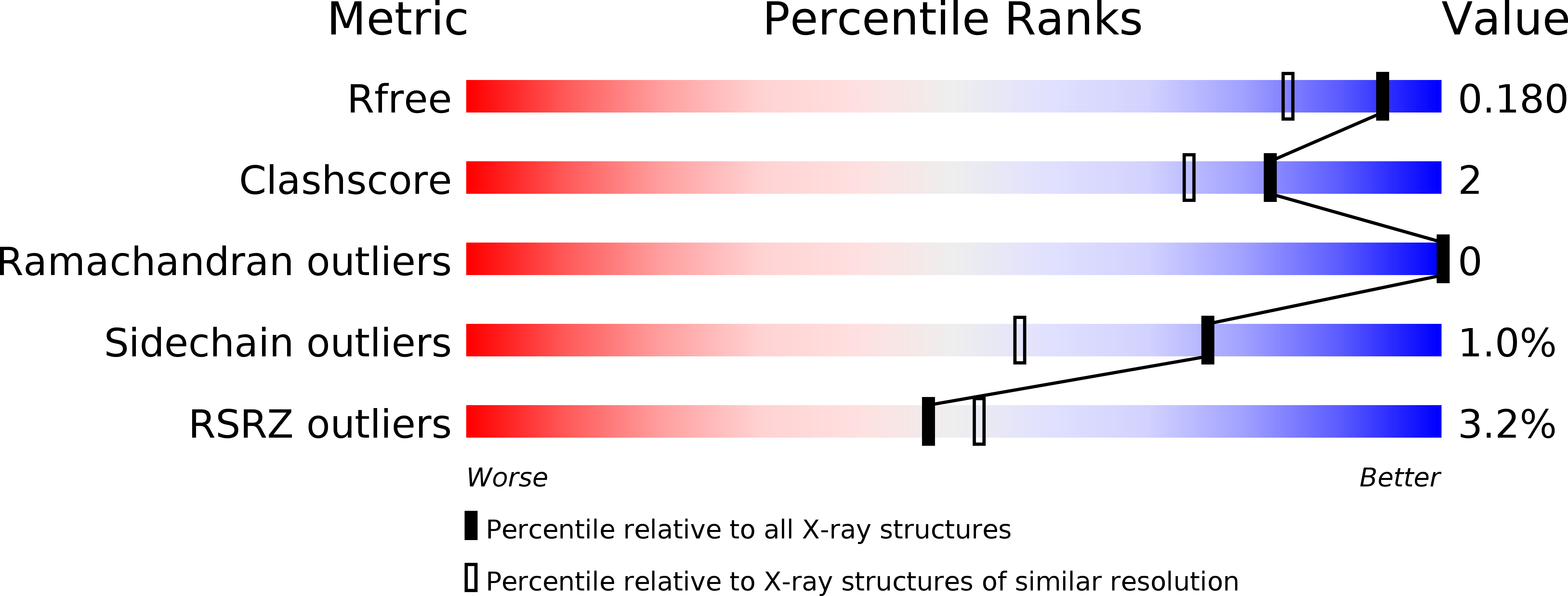
Deposition Date
2018-03-26
Release Date
2018-05-02
Last Version Date
2024-01-17
Entry Detail
PDB ID:
6G47
Keywords:
Title:
Crystal Structure of Human Adenovirus 52 Short Fiber Knob in Complex with alpha-(2,8)-Trisialic Acid (DP3)
Biological Source:
Source Organism:
Human adenovirus 52 (Taxon ID: 332179)
Host Organism:
Method Details:
Experimental Method:
Resolution:
1.50 Å
R-Value Free:
0.17
R-Value Work:
0.16
R-Value Observed:
0.16
Space Group:
P 21 21 21


